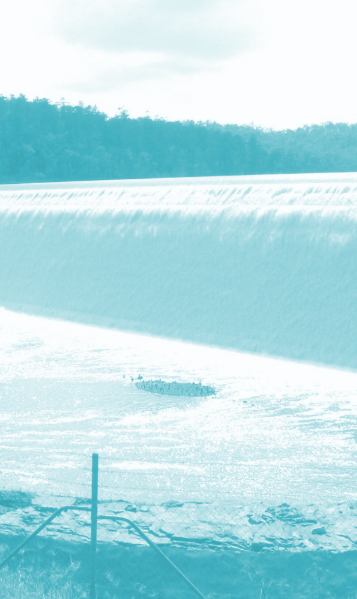Big dam works ordered

Paradise Dam, an integral part of Bundaberg's agricultural landscape, must be rebuilt, according to extensive expert analysis.
Recent reports found Paradise Dam’s integrity has been compromised due to poor quality concrete used in its initial construction.
Constructed in 2005 under the Beattie Labor government, the Paradise Dam project aimed to secure water supply for one of Australia's most productive food bowls.
However, the dam's wall, compromised by substandard concrete, has been deemed irreparable, necessitating a complete overhaul.
Sunwater, the dam's operator, proposes a novel approach: constructing a new dam wall 70 metres downstream. This strategic placement is expected to ensure a robust and reliable water supply while addressing the existing dam's safety concerns.
Parts of the old dam are slated for demolition to facilitate the new structure, with Sunwater confirming its use as a cofferdam during the construction phase.
The original dam, eventually submerged, ceases to be a safety concern in the new design.
While the project's total cost remains uncertain, the initially pledged $1.2 billion will jumpstart the reconstruction.
In 2020, Sunwater lowered the existing dam spillway by 5.8 metres, significantly reducing the risk of failure. Despite this, the structure fails to meet Queensland Dam Safety Management Guidelines, posing a latent threat to the 60,000 residents living downstream.
Paradise Dam's history is marked by controversy and challenges. Since its completion, it has undergone multiple repair attempts, especially after the significant damage caused by the 2013 floods.
A Commission of Inquiry highlighted the inherent flaws in its original roller-compacted-concrete design, leading to the current decision for a complete rebuild.
Looking forward, Premier Steven Miles has emphasised the longevity of the new dam, expected to serve the community for approximately 100 years.







 Print
Print